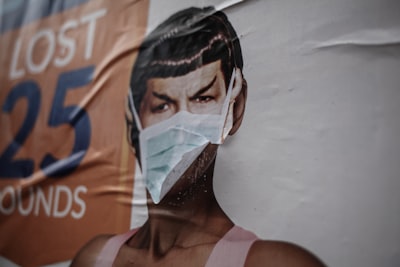HIV and Criminalisation: A Turning Point in the Global AIDS Response
As the world races to end AIDS as a public health threat by 2030, a troubling rise in the criminalisation of high-risk HIV groups and funding cuts is putting decades of progress in jeopardy. With an increasing number of countries enacting or reinstating punitive laws against LGBTQ+ people, people who inject drugs, and sex workers, addressing the intersection of human rights, healthcare access, and HIV prevention has become more urgent than ever.
How Criminalisation Is Fueling the HIV Epidemic
Punitive laws against key populations are back on the rise for the first time in a decade, directly impacting the fight against HIV/AIDS. Recent moves by nations such as Mali, Uganda, Ghana, and Trinidad and Tobago have not only criminalised same-sex relationships and gender expression but also forced people at higher risk away from essential health services. Criminalisation increases stigma, deters testing, and makes vital prevention and treatment nearly unreachable for those who need it most.
Key Searchable Questions:
- How do anti-LGBTQ laws impact HIV infection rates?
- What countries have criminalised transgender people in recent years?
- Why does stigma increase HIV risk?
Global HIV Trends: Progress and Regression
According to the latest UNAids report, the number of people newly infected with HIV or dying from AIDS-related causes worldwide in 2024 was at its lowest in more than 30 years. Sub-Saharan Africa has seen a dramatic 56% fall in new infections since 2010. However, regions like the Middle East and North Africa have seen a shocking 94% increase, illustrating how progress is uneven and fragile.
Coupled with scientific breakthroughs, like twice-yearly HIV prevention pills (PrEP), the world has the means to beat the epidemic—if access is protected and expanded.
The Impact of US Funding Cuts on HIV Prevention
United States funding, especially via PEPFAR and USAID, has underpinned much of the global HIV response. Abrupt aid cuts in 2025 have seen critical prevention programs slashed almost overnight. For example, Nigeria’s numbers on PrEP plummeted from 43,000 in late 2024 down to under 6,000 just months later. Modeling by Bristol University warns that cutting preventive drugs for a year could lead to 10,000 extra HIV cases over five years in sub-Saharan Africa alone.
Questions People Are Asking:
- What is PEPFAR and why is it important to HIV funding?
- How do US foreign aid cuts affect global healthcare access?
- Can other countries fill the funding gap for HIV prevention?
Key Populations and Barriers to Care
Groups at highest risk for HIV—such as gay and bisexual men, sex workers, people who inject drugs, transgender people, and incarcerated populations—are disproportionately affected by both legal crackdowns and funding shortfalls. Stigma, fear of prosecution, and clinic closures often force these groups away from mainstream healthcare, further perpetuating the cycle of infection.
Solutions and the Road Ahead
Progress is possible: 25 out of 60 low- and middle-income countries highlighted by UNAids have increased their domestic spending on HIV. Building more nationally owned, sustainable HIV responses is critical, but international cooperation and donor support remain vital to bridge gaps, uphold rights, and ensure that lifesaving services reach all.
Takeaways:
- Punitive laws undermine decades of HIV prevention and treatment advances.
- The abrupt loss of donor funding could result in millions more infections and deaths by the end of the decade.
- Sustainable, inclusive HIV responses require political will, protection of human rights, and international solidarity.
FAQs
Q: What are key populations in the context of HIV/AIDS? A: Key populations are groups more likely to acquire and transmit HIV. They include gay men and other men who have sex with men, transgender people, sex workers, people who inject drugs, and people in prisons.
Q: How does criminalisation increase HIV risk? A: Criminalisation drives high-risk groups underground, increases stigma, and decreases willingness to seek healthcare, testing, and treatment—all factors that make HIV harder to prevent and control.
Q: What can individuals do to help reverse these negative trends? A: Advocate for human rights-based approaches to HIV prevention, support civil society organizations, and spread awareness about the importance of inclusive policies and sustained global funding.
Further Reading and Resources
- UNAIDS Global HIV & AIDS statistics
- President’s Emergency Plan for AIDS Relief (PEPFAR)
- International AIDS Society
The battle against HIV/AIDS isn’t just medical—it’s deeply political and shaped by our collective choices. Ending AIDS by 2030 is still possible, but only if we resist regressive laws, protect vulnerable groups, and fund the fight for everyone, everywhere.

Comments
No comments yet. Be the first to comment!